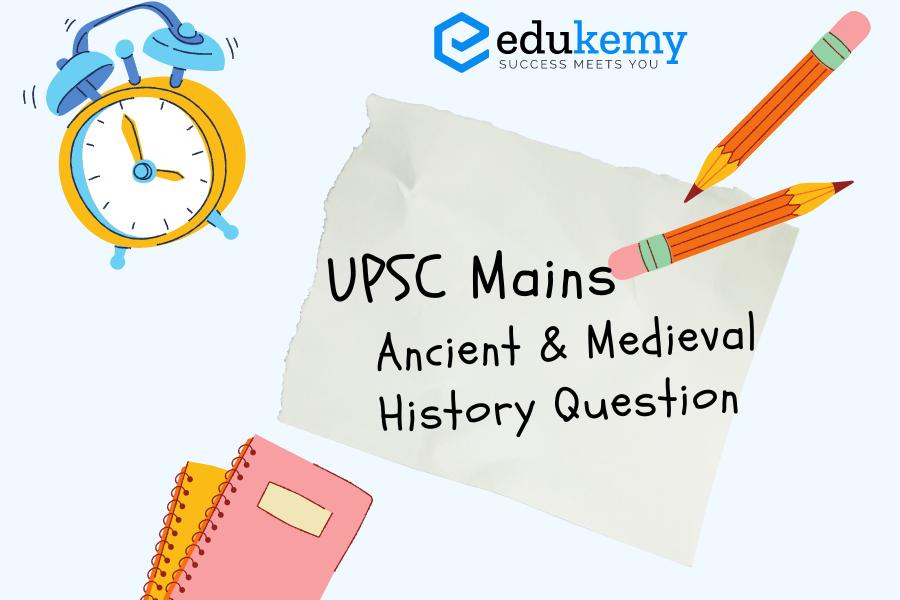
Contents
Introduction
The Chalukyan era, spanning from the 6th to the 12th century CE in South India, witnessed remarkable transformations that left an indelible mark on the literary heritage of the region. The growth of Kannada and Telugu literature during this period reflects the rich cultural tapestry of the time, showcasing both indigenous creativity and external influences.
Body:
Literary and Linguistic Developments during the Chalukyan era:
Emergence of Regional Languages:
- The Chalukyan era witnessed a significant rise in the use and development of regional languages, particularly Kannada and Telugu.
- Regional languages gained prominence as literary mediums, shifting away from the dominance of classical languages like Sanskrit.
Kannada Literature:
- Notable poets such as Pampa, Ponna, and Ranna were pivotal in producing Champu Kavyas, a distinctive literary form that seamlessly combined prose and poetry.
- Kannada literature from this era served as a precursor to the later flourishing of Kannada literature, eventually earning recognition as a classical language.
- Champu Kavyas, with their blend of prose and poetry, narrated tales of heroism, mythology, and historical events, contributing significantly to the literary landscape.
Telugu Literature:
- Poets like Nannaya, Tikkana, and Yerrapragada played crucial roles in shaping the Telugu literary tradition.
- Nannaya’s notable translation of the Mahabharata into Telugu, known as the “Andhra Mahabharatam,” became a seminal work laying the foundation for classical Telugu literature.
Cross-Cultural Influences:
- Despite the prominence of regional languages, Sanskrit continued to exert influence on both Kannada and Telugu literature. Translations of Sanskrit texts into regional languages, exemplified by Ranna’s translation of “Ramachandra Charita,” showcased this influence.
- The cross-cultural exchange enriched the vocabulary and literary styles of Kannada and Telugu literature, contributing to their growth and refinement.
Patronage and Education:
- Chalukyan rulers actively patronized scholars, poets, and artists, creating an environment conducive to literary and linguistic advancements.
- King Pulakeshin II of the Chalukya dynasty, for instance, patronized the Kannada poet Ravikirti and supported the composition of the “Aihole Prashasti.”
- The establishment of educational institutions and royal courts as centers of learning further facilitated the growth of literature and language.
Legacy and Impact:
- The literary works from this period continue to be revered and studied, forming an integral part of the literary heritage of Karnataka and Andhra Pradesh.
- Pampa’s contributions to Kannada literature, notably “Adipurana,” remain celebrated and studied, showcasing their enduring influence.
- Nannaya’s “Andhra Mahabharatam” has left an indelible mark on modern Telugu literature, highlighting its lasting impact on the literary landscape.
Conclusion:
The Chalukyan era stands as a testament to the transformative power of literature and language in shaping the cultural and intellectual heritage of South India. The enduring legacy of this era underscores the profound impact of literary and linguistic developments on the preservation and propagation of a people’s history, culture, and identity.

In case you still have your doubts, contact us on 9811333901.
For UPSC Prelims Resources, Click here
For Daily Updates and Study Material:
Join our Telegram Channel – Edukemy for IAS
- 1. Learn through Videos – here
- 2. Be Exam Ready by Practicing Daily MCQs – here
- 3. Daily Newsletter – Get all your Current Affairs Covered – here
- 4. Mains Answer Writing Practice – here

